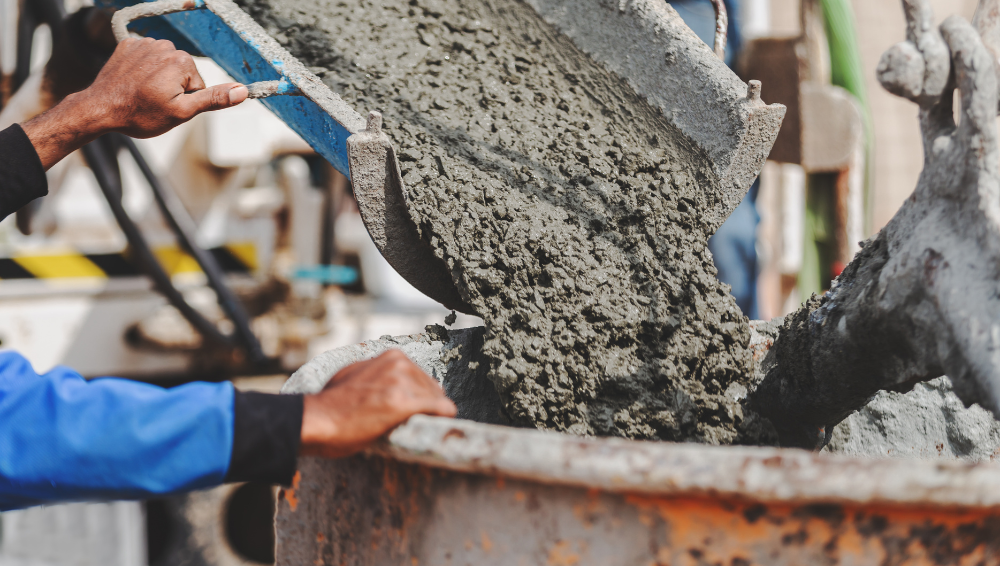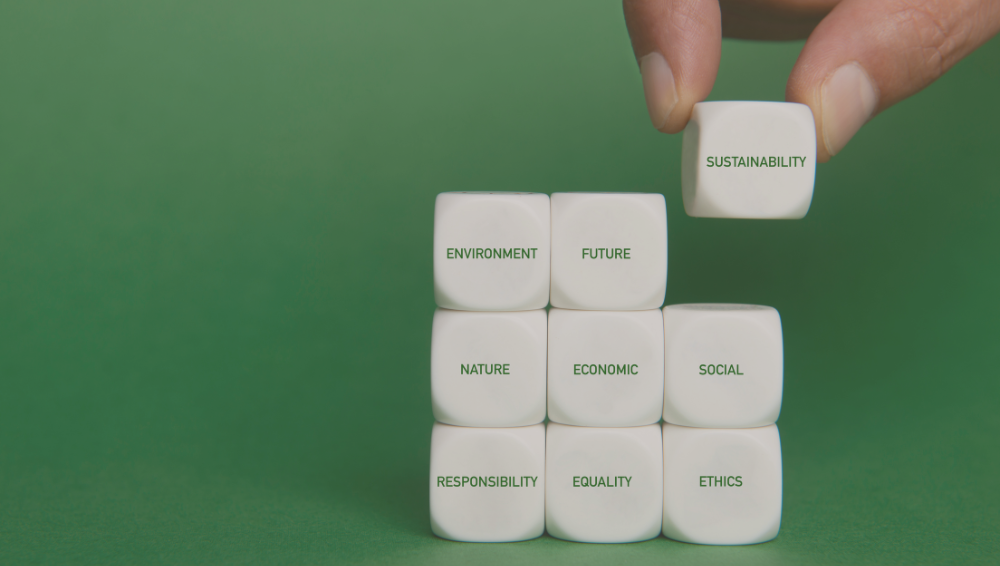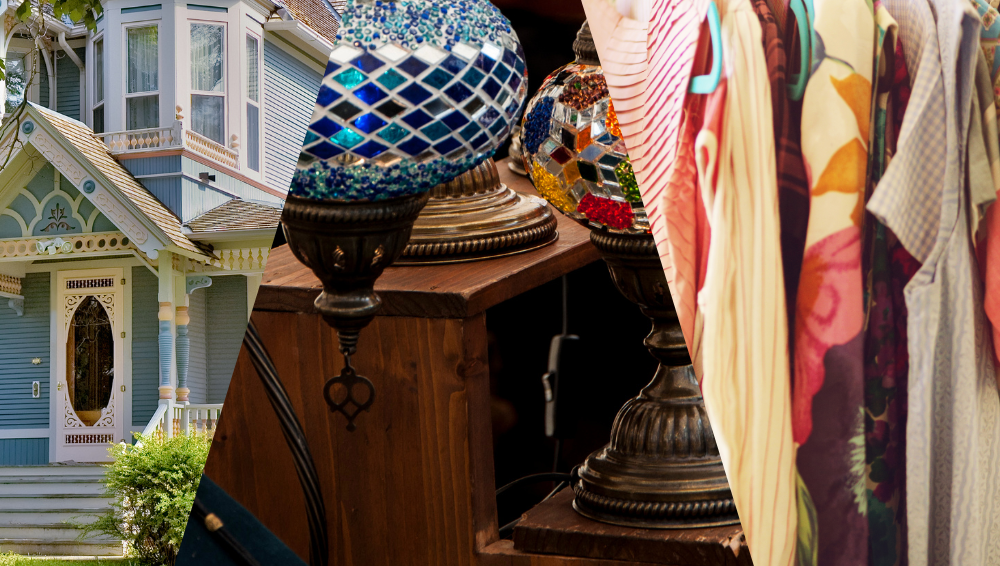Self-Healing Concrete Improves Construction, Reduces Carbon Footprint

Concrete’s Current Carbon Footprint
Water is the most consumed material in the world. Believe it or not, next in the consumption line is concrete. As a result, cement production alone constitutes 8% of carbon emissions. Albeit concrete is affordable, convenient, and malleable. However, the carbon footprint damage leaves room for improvement. It has been said that if concrete were a country, it would be third in line for carbon emissions after China and the United States.
Conversely, living concrete, also known as self-healing concrete, bio-concrete, and autonomous healing concrete, can amazingly heal itself thereby reducing carbon emissions. This bacterial driven self-healing material not only offers a solution that will save billions in the construction industry for concrete crack repair, but also provides an eco-friendly, sustainable development solution.
What is Concrete?
Concrete is a combination of coarse stone and sand particles called aggregates that mix with cement, a powdered blend of clay and limestone. When water is added and mixed, the chemical reaction of hydration produces a paste that then hardens. When developed, cement must be heated to 1400 degrees which emits equal amounts of carbon dioxide per ton of mixture. In addition, emissions increase upon concrete curing when used in construction.
Cracking naturally occurs from freezing and thawing weather conditions producing pressure, expansion, and shrinkage. This wear and tear facilitates inspection and continual maintenance.
How is Self-Healing Living Bio-Concrete Different?
Plain and simple – bacteria makes all the difference! This reinvention of concrete opens the doorway to more sustainable building materials that also require less maintenance. Developed at Delft University by Microbiologist Henrik Jonkers, microbial induced autonomous healing mortar can be used to make reliable and durable concrete in a greener more sustainable way.
Living concrete utilizes bacteria, specifically limestone-producing micro-organisms. When the bacteria interact with oxygen and water they are capable of converting certain nutrients into limestone, also known as calcium carbonate. When cracks form, elements like water and oxygen seep in and trigger the bacteria into production. The bacteria needs a certain alkalinity to proliferate which is either provided by the concrete itself or infused. The bacteria then convert nutrients into limestone and cracks become sealed.
Where to Find Self-Healing Concrete
Self-healing concrete is in a research and development phase. However, a number of construction and chemical companies worldwide are working on the expansion of self-healing concrete accessibility. Basilisk Self Healing Concrete in the Netherlands is on the forefront offering an array of bio-based products making concrete more sustainable, durable and waterproof.
Concrete naturally cracks over time, however, both existing and new concrete structures repair themselves with the use of Basilisk Self Healing Concrete. Therefore, additional waterproof coatings are not needed. Self-healing concrete also reduces the need for shrinkage reinforcement. Due to the longer life of bio-concrete, carbon emissions are reduced 30-50%. Self-healing also dramatically reduces maintenance both in time and materials for existing and new concrete applications.
In addition, Sensicon, working with Basilisk, is bringing this smart and sustainable disruptive innovation to the United Kingdom. And they are not alone. Scientists, biologists, chemical, and cement companies alike are all working on affordable and applicable solutions.
Exponential Growth on the Horizon
With a reduction in the need for maintenance, the self-healing concrete innovation is disrupting the industry. “The global self-healing concrete market size is expected to reach $1,375,088.0 thousand by 2025, from $216,720.0 thousand in 2017, growing at a CAGR of 26.4% during the forecast period of 2018 to 2025,”as reported by the Allied Market Research.
Sustainable innovation and practices in the construction industry are making headway for a greener future. While living concrete accessibility grows, ReCapturit is working on expanding the ease of reusing, reclaiming and repurposing architectural salvage from existing construction. Companies working on both sides of the carbon footprint – production and waste – are collectively building a sustainable future.
Brit-Simone Kneeland blogs about holistic living at OrganicLivingDiva.com. Subscribe to our free architectural salvage newsletter. Follow ReCapturit on Facebook, Instagram, LinkedIn and YouTube.


